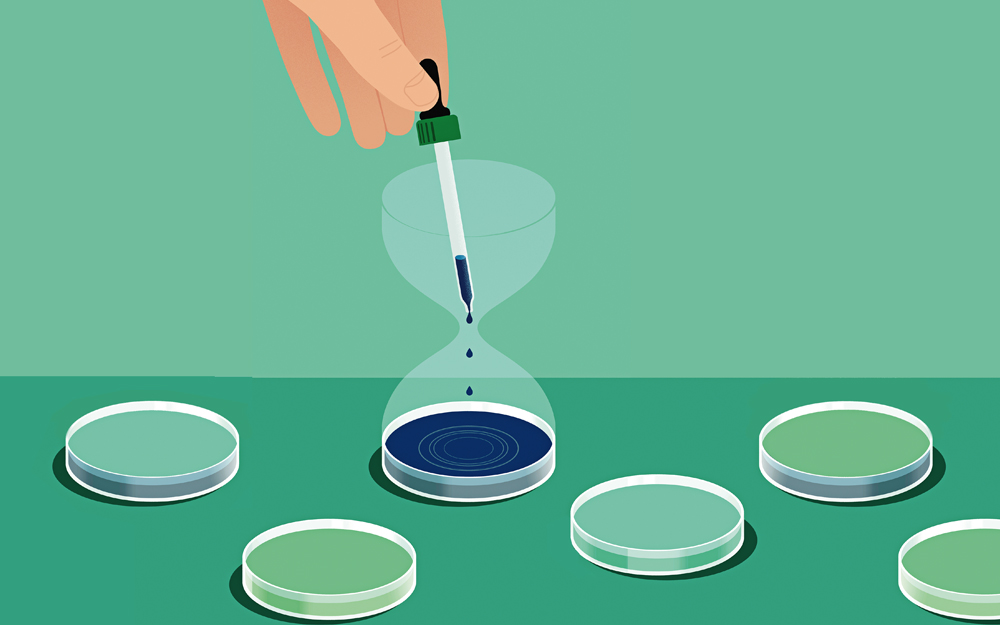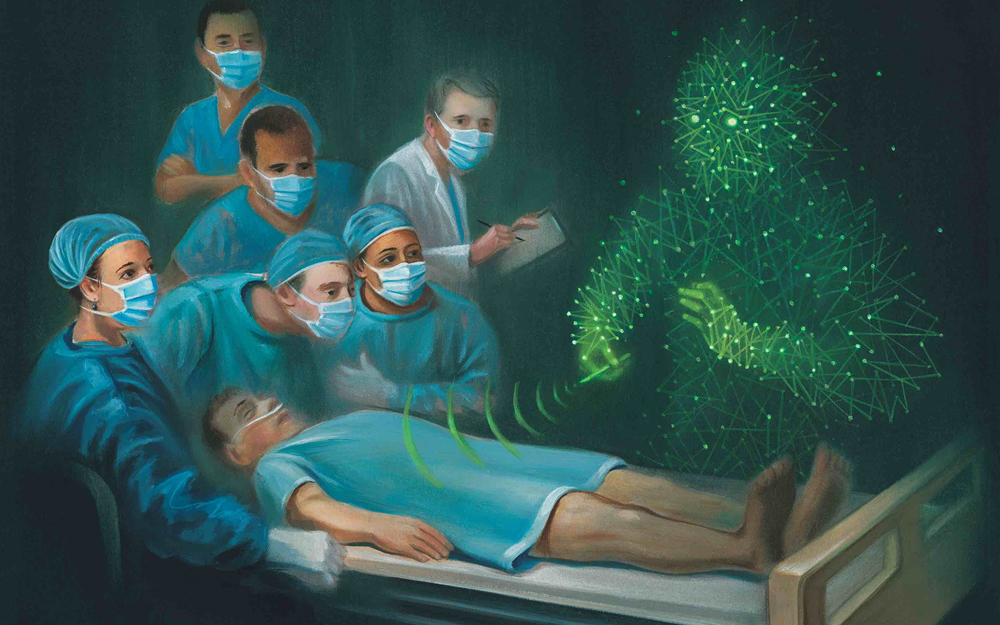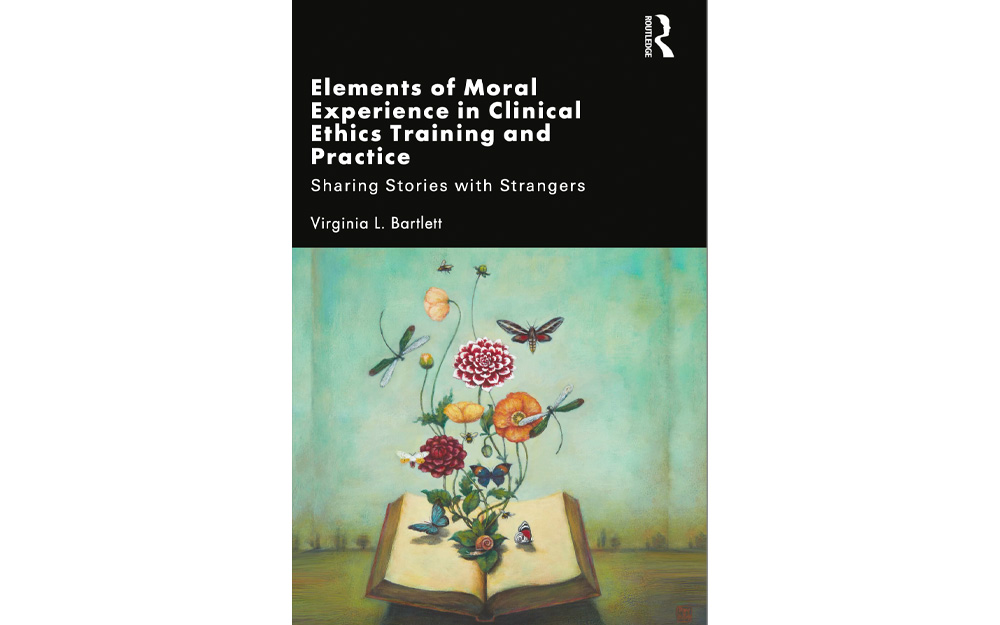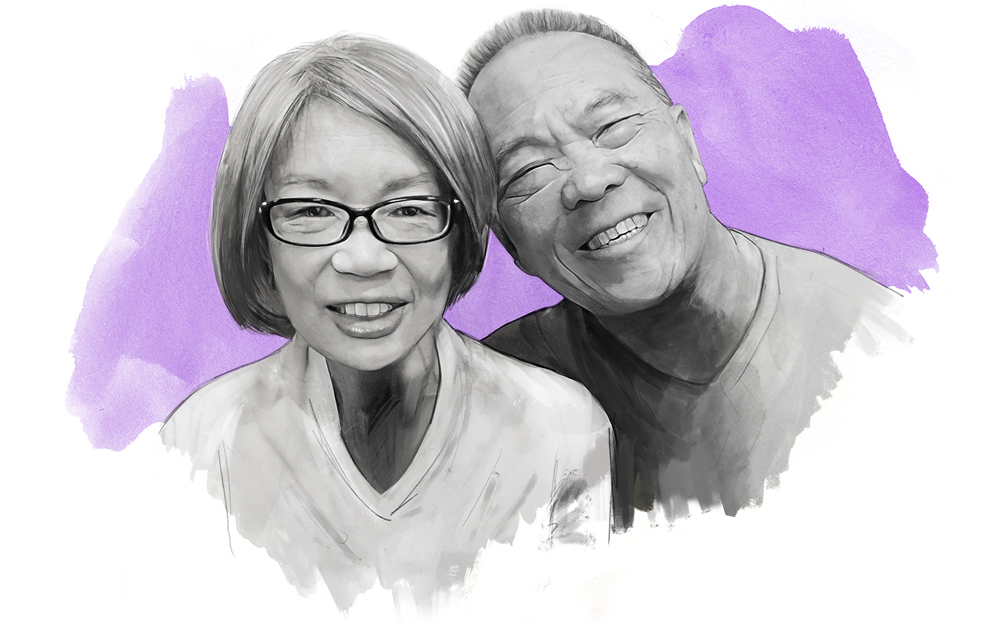Lesson No. 6: Take the Long View: Great Science Takes Time
Date
November 15, 2021

Date
November 15, 2021
Medical providers featured in this article
In Brief
{{cta-block}}
This article is one in the series How to Think Like a Scientist: A Crash Course. In this series, we investigate the practices and mindsets that help drive great science. We asked Cedars-Sinai researchers and experts to weigh in about the processes scientists use to shape their work and drive progress.
{{column-start}}
Viewed through the lens of history, science moves at a relative gallop. Smallpox, a disease that existed for at least 3,000 years and killed up to 30% of those infected, was eradicated through a two-decade, worldwide vaccination campaign that ended in 1980. Scarlet fever, the leading cause of death in children in the early 1900s, was all but gone by the 1950s in the United States, thanks to the development of antibiotics in the 1920s and '30s.
Those timelines can feel like an eternity if you're the one waiting for a treatment, but the reality is that major progress in most fields rarely happens overnight. "It took a decade to put a man on the moon," says Keith Black, MD. "Good work takes time."
{{column-end}}
{{column-start}}

{{column-end}}
CASE STUDY
From Brain to Bedside to Bench: An Insider's View
Jennifer Van Eyk, PhD, director of the Advanced Clinical Biosystems Research Institute, wanted to develop a diagnostic blood marker for traumatic brain injury. She knew it would be useful for diagnosing patients, including war veterans and children with severe conditions who temporarily need machines to support their heart and lungs. So she prepared herself for what she knew would be a years-long grind.
First, Van Eyk, along with her collaborators, thought about who might benefit from such a marker, so she identified a wide spectrum of patients who had some level of subclinical brain injury. Then, she and her team set out to find proteins that showed promise as a marker present uniquely in the blood.
To do so, Van Eyk created an assay—a lab process that measures the presence of a blood protein—from scratch.
"It's not like there's a magic pot where these assays just exist," she says. "You have to develop each one, and it has to be consistent enough to run today, tomorrow and the next day, and get the same answer."
Over many iterations, the markers were taken up by a company that helped to winnow down the potential options to a handful of promising targets, which went through even more rigorous analysis with specific cohorts of certain categories of patients until Van Eyk found just what she needed.
This process—developing the right technology and supporting years of work in the lab—requires millions of dollars. As a result, Van Eyk and her team must continue to pursue funding to keep the process moving, from grants to venture capital support that ensure flexibility to find markers for more than just traumatic brain injury.
For projects like hers that have significant commercial potential, there's also the matter of securing intellectual property rights and finding the right company to manufacture, market and sell any products that result from the research. "We have to take so many different steps, and we need so many different skill sets—not all of which reside within a single lab group," she says. "It takes a village, and we don't always have a village."
The project is now being tested in clinical trials—12 years after Van Eyk began her search for a biomarker. But the payoff—if everything goes to plan—is that, someday, when someone shows up in the emergency room and doctors think the patient might have a traumatic brain injury, they can use the marker she developed to diagnose it.
COVID-19 COUNTERPOINT
Actually, We Can Do Great Science Fast
Science is designed around careful, methodical processes, but COVID-19 showed us that, if the need is urgent enough, some processes can be fast tracked. For example, scientists compressed the vaccine development timeline by combining trials that would otherwise be split into three phases and run sequentially. Early investments in vaccine-development companies and manufacturing capacity helped make the eventual rollout smoother.
Susan Cheng, MD, MPH, MMS, whose lab is pursuing a mix of both COVID-19 and other projects, says the seriousness of the pandemic led her team to experiment in ways that helped them speed up some processes.
"Instead of having one analyst working on a project, we might have two or three," she says. While the changes require careful communication and collaboration, they also accelerate the initial research as well as parts of the publication-revision process. "We've adapted," she says. "But we haven't let up on our quality or rigor."
FINAL TEST
The Big Picture
Science Evolves—and Time Is the Ultimate Arbiter of Quality
Even the most highly regarded science in a given moment doesn’t always get it right.
That doesn’t mean it’s shoddy or fraudulent, says David Underhill, PhD, chair of the Department of Biomedical Sciences. It might just mean that it wasn’t replicable in the ways people hoped or that the implications turned out not to be relevant.
"That’s the nature of science," he says. "But it also means it’s self-correcting."
By contrast, some scientists can toil in relative obscurity until the right moment arrives. One example? Hungarian-born biochemist Katalin Karikó, PhD, whose mRNA research had been mostly overlooked, recently became the basis of two of the most successful COVID-19 vaccines. (She partnered with Drew Weissman, MD, to develop the science behind the vaccines.)
This process of reviving once-undervalued findings is another benefit of the scientific process, Underhill says. "We try to make work as impactful as we can, using a peer-review process to get it as correct as we can and, at the end of the day, science that’s particularly good leads people to refer to it, follow up on it and build on it," he notes. "Good science holds up over time."
How to Think Like a Scientist: A Crash Course
{{column-start}}
{{column-end}}
{{column-start}}
{{column-end}}
{{column-start}}
{{column-end}}
{{column-start}}
{{column-end}}
{{column-start}}
{{column-end}}
{{column-start}}
{{column-end}}





